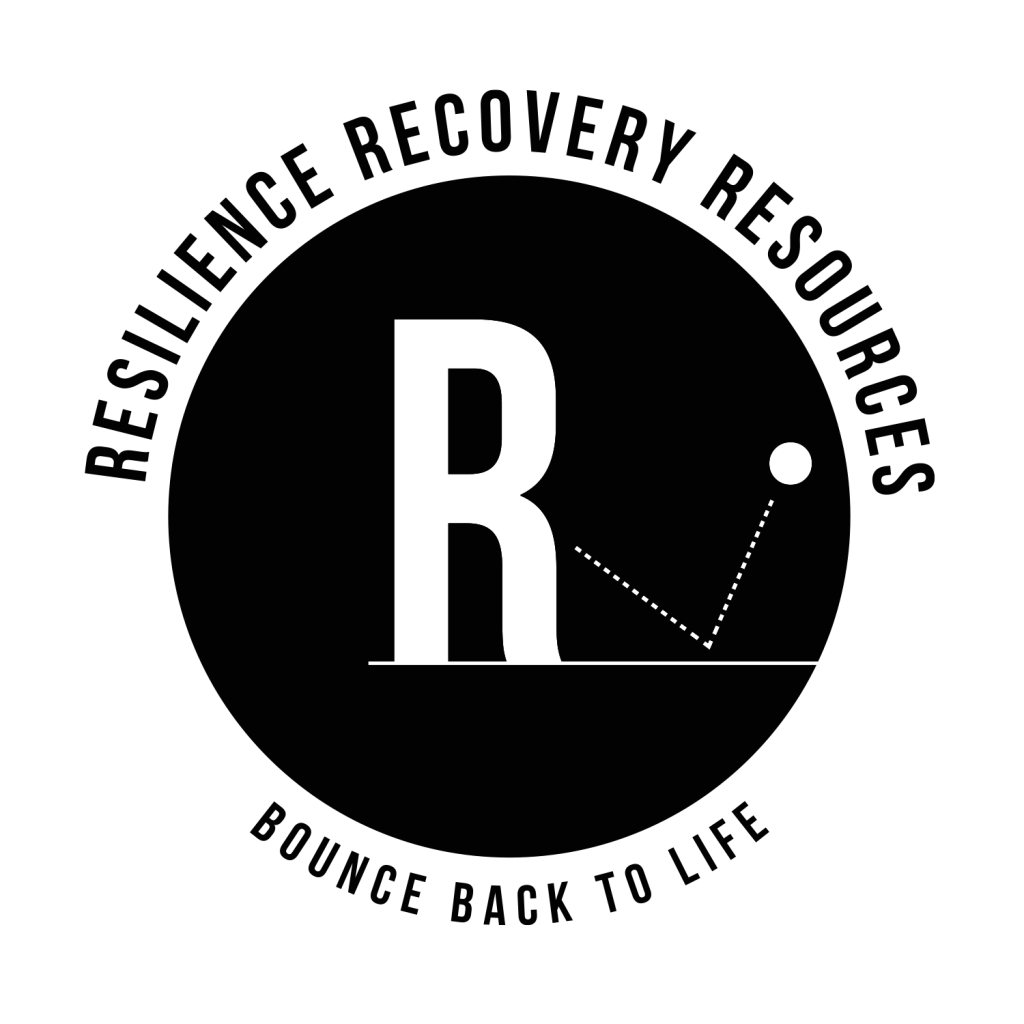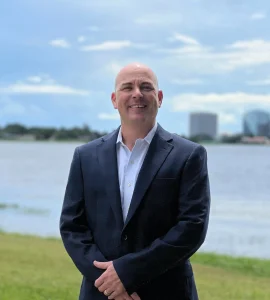The term “gateway drug” often surfaces in discussions about addiction, but many people don’t fully understand what it means or how these substances can impact long-term recovery. Understanding gateway drugs is crucial for parents, young adults, and anyone concerned about substance abuse and its progression.
Understanding Gateway Drugs: Definition and Theory
A gateway drug is a substance that, while potentially less harmful on its own, may lead to the use of more dangerous or addictive substances. The gateway drug theory suggests that using certain substances increases the likelihood of experimenting with harder drugs later on. This concept doesn’t mean that everyone who uses these substances will inevitably progress to more serious drug use, but research indicates statistical correlations between early substance use and later addiction patterns.
The National Institute on Drug Abuse (NIDA) explains that while gateway drugs don’t directly cause progression to harder substances, they can create conditions that make such progression more likely. These conditions include changes in brain chemistry, increased tolerance, social exposure to drug-using environments, and normalization of substance use behaviors.
Common Examples of Gateway Drugs
Alcohol
Alcohol remains one of the most significant gateway substances, particularly among teenagers and young adults. Its legal status for adults and social acceptance can mask its potential risks. According to the Substance Abuse and Mental Health Services Administration (SAMHSA), early alcohol use significantly increases the risk of developing substance use disorders later in life.
Tobacco and Nicotine Products
Traditional cigarettes, e-cigarettes, and vaping products containing nicotine serve as common gateway substances. The addictive properties of nicotine can prime the brain’s reward system, potentially making individuals more susceptible to other addictive substances. Recent studies have shown concerning trends in teen vaping leading to other substance experimentation.
Marijuana
Cannabis use, while increasingly legalized across various states, can still function as a gateway drug, particularly when used at young ages. Research published in the Journal of the American Medical Association indicates that early marijuana use may increase vulnerability to other substance use disorders, especially when combined with other risk factors.
Prescription Medications
Prescription drugs, including opioid pain medications, benzodiazepines, and stimulants like Adderall, can serve as gateway substances when misused. The opioid crisis has highlighted how prescription drug misuse can escalate to illicit drug use, including fentanyl and heroin.
The Science Behind Gateway Drug Progression
Neurological Changes
Gateway drugs can alter brain chemistry and function, particularly in developing brains. The adolescent brain doesn’t fully mature until the mid-20s, making young people especially vulnerable to the effects of gateway substances. These neurological changes can increase susceptibility to addiction and make recovery more challenging.
Tolerance and Escalation
As individuals develop tolerance to gateway substances, they may seek stronger effects through higher doses or more potent substances. This natural progression of tolerance can lead to experimentation with harder drugs that provide more intense effects.
Social and Environmental Factors
Gateway drug use often occurs within social contexts that normalize substance use and may provide access to other drugs. Peer groups, social settings, and cultural attitudes toward drug use can significantly influence progression patterns.
Risk Factors for Gateway Drug Progression
Understanding who is most at risk for gateway drug progression helps identify when intervention may be necessary:
- Age of first use: Earlier onset of substance use significantly increases addiction risk
- Family history: Genetic predisposition and family substance use patterns
- Mental health conditions: Co-occurring disorders like anxiety and depression increase vulnerability
- Environmental stressors: Trauma, abuse, or significant life changes
- Peer influence: Social circles that normalize or encourage substance use
Why Teens Are More at Risk
Teenagers face unique vulnerabilities when it comes to gateway drug progression. The adolescent brain’s reward system is more sensitive to substances, while the prefrontal cortex responsible for decision-making and impulse control is still developing. This neurological imbalance creates a perfect storm for addiction vulnerability.
Additionally, teens often experience intense peer pressure, identity formation challenges, and emotional volatility that can drive them toward substance use as a coping mechanism. Early intervention and prevention programs are crucial during these formative years.
Prevention Strategies
Education and Awareness
Comprehensive drug education that goes beyond “just say no” approaches can help young people make informed decisions. Programs that discuss the real risks and consequences of gateway drug use, while acknowledging the complexities of addiction, tend to be more effective.
Family Communication
Open, honest conversations about substance use within families create supportive environments where young people feel comfortable seeking help. Parents should model healthy coping strategies and maintain strong, supportive relationships with their children.
Mental Health Support
Addressing underlying mental health issues through professional treatment can significantly reduce the risk of substance use as self-medication. Early identification and treatment of conditions like anxiety, depression, and trauma are essential prevention strategies.
Building Resilience
Programs that build emotional resilience, stress management skills, and healthy coping strategies help individuals navigate challenges without turning to substances. These life skills serve as protective factors against addiction development.
Recognizing Warning Signs
Early identification of gateway drug use can prevent progression to more serious substances. Warning signs may include:
- Changes in friend groups or social activities
- Declining academic or work performance
- Altered sleep patterns or appetite
- Mood swings or behavioral changes
- Physical signs like bloodshot eyes or unusual smells
- Finding paraphernalia or substances
Treatment and Recovery Options
If gateway drug use has already begun or progressed to more serious substance abuse, professional treatment is available. At Resilience Recovery Resources, we understand that addiction often begins with seemingly less harmful substances and can escalate quickly, particularly in young adults and adolescents.
Comprehensive Treatment Approaches
Our clinical services include multiple levels of care designed to meet individuals where they are in their recovery journey:
- Partial Hospitalization Program (PHP): Intensive treatment while maintaining some independence
- Intensive Outpatient Program (IOP): Flexible scheduling for those with work or school commitments
- Standard Outpatient Treatment: Ongoing support for long-term recovery maintenance
- Sober Living: Supportive housing environment for continued recovery
Specialized Care for Young Adults
Our programs specifically address the unique needs of adolescents and young adult males, recognizing that this population faces distinct challenges in recovery. We focus on treating not just the addiction, but also any underlying mental health conditions that may have contributed to substance use.
The Path Forward
Understanding gateway drugs and their role in addiction development is the first step toward prevention and early intervention. While not everyone who uses gateway substances will develop serious addiction issues, recognizing the risks and taking preventive action can make a significant difference in long-term outcomes.
If you or a loved one is struggling with substance use that began with gateway drugs, remember that recovery is possible. The earlier treatment begins, the better the outcomes tend to be. Professional support, family involvement, and evidence-based treatment approaches can help individuals overcome addiction and build healthy, fulfilling lives.
Get Help Today
Don’t wait for gateway drug use to escalate into more serious addiction. Resilience Recovery Resources is here to provide the support and treatment needed for lasting recovery. Our compassionate team understands the journey from gateway drugs to addiction and can help guide you or your loved one toward wellness.
Contact us today to learn more about our programs and how we can support your recovery journey. Located in West Palm Beach, we serve individuals throughout Palm Beach County and surrounding areas.
Call Resilience Recovery Resources: 561-566-5480
Recovery starts with you, and we’re here to help every step of the way.
Frequently Asked Questions
What is a gateway drug?
A gateway drug is a substance that, while not necessarily causing addiction on its own, may lead individuals—especially adolescents—to experiment with more dangerous or addictive substances later on. Common examples include alcohol, nicotine, and marijuana.
Why are gateway drugs dangerous for teens?
Gateway drugs can normalize substance use and reduce perceived risk, making teens more likely to try harder drugs. They may also affect brain development, especially in adolescents, increasing the risk of addiction and behavioral issues.
What are examples of gateway drugs?
Examples include alcohol, tobacco, marijuana, and even prescription medications when misused. These substances are often the first that young people try before progressing to more harmful drugs like cocaine, heroin, or methamphetamine.
How can parents prevent teens from experimenting with gateway drugs?
Parents can prevent early substance use by maintaining open communication, setting clear expectations, educating their children on the risks of drugs, and seeking professional support when warning signs of substance use arise.
Sources:
- National Institute on Drug Abuse (NIDA): “Is Marijuana a Gateway Drug?” – https://nida.nih.gov/publications/research-reports/marijuana/marijuana-gateway-drug
- Substance Abuse and Mental Health Services Administration (SAMHSA): “Gateway Drugs” – https://www.samhsa.gov/
- Journal of the American Medical Association: Studies on substance use progression patterns
- Centers for Disease Control and Prevention (CDC): “Youth Risk Behavior Surveillance” – https://www.cdc.gov/healthyyouth/data/yrbs/




